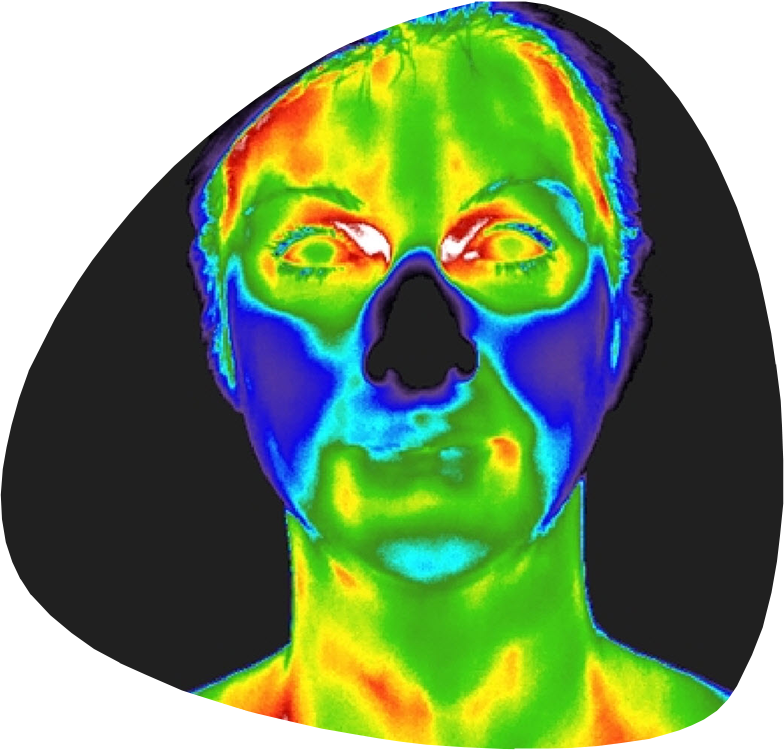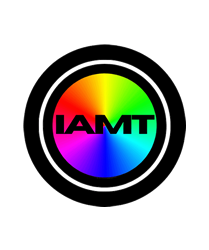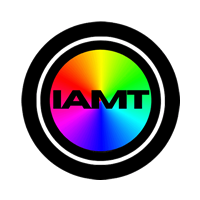
What is medical thermography?
- From the skin to within...
- If our eyes are the window to the soul…then our skin is the window to our current and future health. structure.
- Thermography answers, in living color, our curiosity question “Where is the body sending its healing energy today?”
- Thermography is the future of creative health awareness, opening the door to creative healing.
- The future is here!
Mapping Patterns
Humans are heat emitting bodies
The science, study, and interpretation of skin temperature patterns is known as Thermology. The process of mapping those patterns is called Medical Thermography.
What is the difference between a regular digital camera and a thermography (infrared) camera?
The difference (besides price 😊) is that a regular camera captures energy in the visible light portion of the energy spectrum. So, a regular camera sees what you see. The thermal camera is a heat sensor that captures energy in the Infrared, or heat portion of the energy spectrum, which you can’t see (unless maybe you are a snake).

What medical thermography sees
• Red patterns may indicate possible inflammation
• Green indicates normal skin surface temperature
• Blue patterns indicate cool areas
• Patterns of color may indicate how your body is functioning
• Thermography is 100% safe. It is non-invasive and imparts no energy to the person being imaged.
"The skin is like the body’s central processing unit; it’s a communication hub that functions as an interactive, bi-directional network of interconnections, sharing information between all systems, including the neurological, immune and endocrine functions and pathways. The skin has the information; thermography functions as the monitor, measuring and evaluating the metabolic signals and telling the story as it happens."

The FDA accepts the following indications for use: “Thermography is intended for use as an adjunct to other clinical diagnostic procedures for quantifying and screening of differences in skin surface temperature changes.” Simple and so complete… It covers the whole body.
- Thermography is not a stand-alone diagnostic tool. (thank goodness… there should always be more than one test for any diagnosis).
- Thermography can be used with any other unspecified tests. That could be x-ray, mammogram, MRI, CT, etc. In fact, because the FDA identifies thermography as an adjunct to mammography, anyone who has ever had a mammogram should also have a thermogram!
- Thermography analyses skin temperature changes on the surface of the body.

